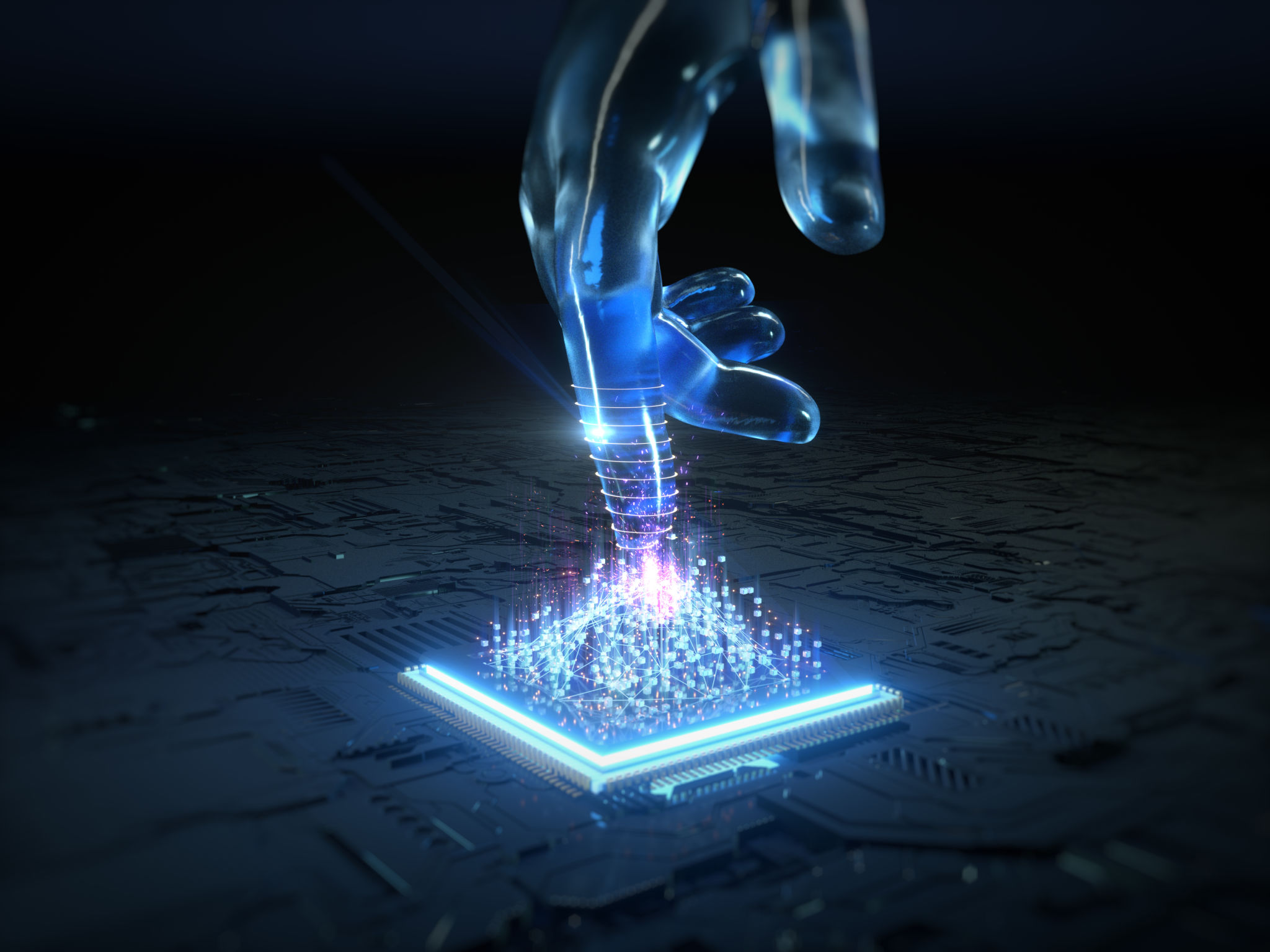The Future of Document Automation: Trends in AI-Powered OCR
In recent years, document automation has made significant strides, largely driven by advances in Artificial Intelligence (AI) and Optical Character Recognition (OCR) technologies. As organizations continue to digitize their operations, the ability to efficiently process and manage documents becomes increasingly important. This post explores emerging trends in AI-powered OCR and how they are shaping the future of document automation.
The Evolution of OCR Technology
OCR technology has evolved from basic text recognition to sophisticated systems capable of understanding and processing complex documents. Earlier versions of OCR were limited to reading printed text, but modern AI-powered OCR solutions leverage machine learning and deep learning algorithms to recognize handwriting, detect layouts, and even extract contextual information from documents.
These advancements have opened new possibilities for businesses seeking to automate document-heavy processes. For instance, financial institutions can now automatically process invoices and receipts with high accuracy, reducing manual effort and minimizing errors.

AI Integration in Document Processing
The integration of AI in document processing systems has transformed how data is extracted and analyzed. AI-powered OCR can now not only identify text but also understand its meaning within a document’s context. This semantic understanding enables systems to categorize content, summarize information, and even make predictions based on historical data.
Furthermore, AI algorithms continuously learn from interactions, improving their accuracy and efficiency over time. This adaptability ensures that document automation systems remain effective even as document formats evolve.
Enhanced Data Security and Privacy
As document automation becomes more prevalent, ensuring data security and privacy has become paramount. AI-powered OCR systems are now being designed with robust security features, such as encryption and access controls, to protect sensitive information.
Additionally, advancements in federated learning allow AI models to be trained on decentralized data, minimizing the need to transfer sensitive information across networks. This approach not only enhances data privacy but also enables organizations to comply with stringent data protection regulations.

Increased Accessibility and User Experience
Modern OCR solutions are becoming more user-friendly and accessible. With intuitive interfaces and seamless integrations into existing software platforms, users can easily leverage OCR capabilities without requiring extensive technical knowledge. This democratization of technology empowers businesses of all sizes to benefit from document automation.
Moreover, cloud-based OCR solutions offer scalability and flexibility, allowing organizations to scale their operations without significant infrastructure investments. Users can access these services from anywhere, ensuring continuity and efficiency in document processing.
Future Prospects for AI-Powered OCR
The future of AI-powered OCR looks promising, with ongoing research focused on enhancing accuracy, speed, and functionality. Emerging technologies such as natural language processing (NLP) and computer vision continue to push the boundaries of what OCR systems can achieve.
As these technologies mature, we can expect even greater integration of OCR into various industries, from healthcare to legal services. The ability to automate complex document workflows will lead to increased productivity, reduced operational costs, and improved decision-making.

In conclusion, the future of document automation is bright, thanks to the continuous advancements in AI-powered OCR. As these technologies evolve, they will undoubtedly revolutionize how organizations handle documents, paving the way for a more efficient and digital future.